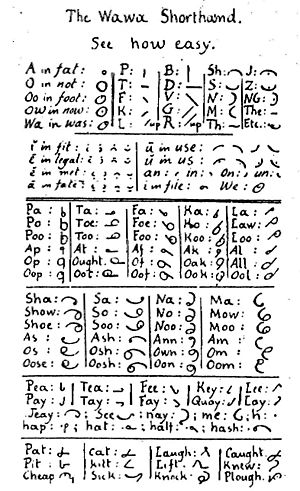Jean-Marie-Raphaël Le Jeune facts for kids
Jean-Marie-Raphaël Le Jeune (born Jean-Marie; 12 April 1855 – 21 November 1930) was a special kind of Canadian priest. He was also a linguist, which means he studied many languages. Besides that, he was an author and even published a newspaper!
Contents
Early Life and Journey to Canada
Jean-Marie-Raphaël Le Jeune was born in a town called Pleyber-Christ in France. In 1873, when he was 18, he joined a seminary in Nancy, France. This is a school where people train to become priests. He made his promises to become a priest in 1875.
Le Jeune wanted to help people far away. So, in 1879, he volunteered to be a missionary. He traveled all the way to New Westminster, in British Columbia, Canada.
Learning New Languages
When he arrived in Canada, Le Jeune started to learn new languages. His supervisor, Bishop Paul Durieu, helped him. Le Jeune studied Chinook Jargon, which was a mix of several languages. It included words from Chinookan, Nootkan, French, and English.
He then moved to the Fraser Canyon area. Here, he learned even more languages spoken by Indigenous peoples. Later, he went to St. Mary's mission in the Lower Fraser Valley.
Working with Indigenous Communities
For many years, Le Jeune traveled around the Kamloops region. He worked with many different Indigenous communities. He shared his religious beliefs and learned about their cultures.
In 1891, he became the leader of St. Joseph's Church. This church was located on the Kamloops Reserve. Two years later, in 1893, he became the head of St. Louis's Mission. He stayed in this important role until 1929.
A Gift for Languages
Le Jeune was very good at learning languages. He once said that he could speak more than twenty Indigenous languages! This skill helped him connect with many different communities.
Creating a Special Writing System
In 1890, Le Jeune did something amazing. He changed a writing system called Duployan shorthand to fit Chinook Jargon. Shorthand is a fast way to write using symbols. This new system made it easier for people to write Chinook Jargon.
Many Indigenous people started using this new writing system. It became very popular.
The Kamloops Wawa Newspaper
Because the shorthand system was so popular, Le Jeune decided to start a newspaper. In 1891, he launched the Kamloops Wawa. This newspaper was special because it was written in both English and Chinook Jargon. It helped people communicate and share news.
Le Jeune also wrote many small books about Indigenous languages. Some of his works include Practical Chinook vocabulary (1886) and Prayers in the Okanagan language (1893). He also contributed to Polyglott manual of prayers (1896) and wrote Chinook rudiments (1924). These books helped others learn these languages too.
Legacy
Jean-Marie-Raphaël Le Jeune passed away in 1930 in New Westminster. He was buried in Mission. Today, a beautiful lake near Logan Lake is named after him. It is called Lac Le Jeune.



